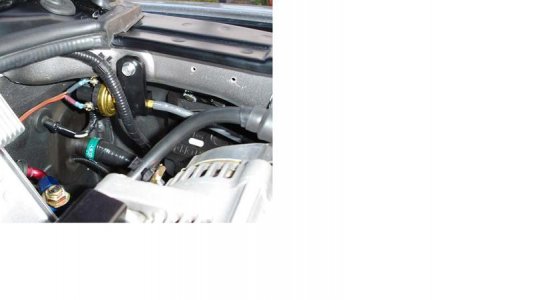I just installed a Zeitronix ZT-2. Car is '00 with Whipple CTSC low boost with ESM. I haven't had a chance to put in the MAP sensor but did hook up the TPS and tach signals. Since I don't have extra bungs yet, I put the sensor in the front bank post-cat position.
I think I have a problem, based on what I have gathered from reading threads. Although the AFR should read a bit lean because I'm measuring post-cat (OEM cat), I'm pretty sure it should not be as lean as it appears to be.
Here is a screen shot from the logger software:

Lean! Any help you can give me either in getting the ZT-2 set up better or figuring out what to check next would be most appreciated. I'm guessing I need to check my fuel pressure, replace the fuel filter, and have the injectors cleaned. If there is still a problem after that, then perhaps the fuel pump is next?
Thanks,
Jason
I think I have a problem, based on what I have gathered from reading threads. Although the AFR should read a bit lean because I'm measuring post-cat (OEM cat), I'm pretty sure it should not be as lean as it appears to be.
Here is a screen shot from the logger software:

Lean! Any help you can give me either in getting the ZT-2 set up better or figuring out what to check next would be most appreciated. I'm guessing I need to check my fuel pressure, replace the fuel filter, and have the injectors cleaned. If there is still a problem after that, then perhaps the fuel pump is next?
Thanks,
Jason
Last edited:













